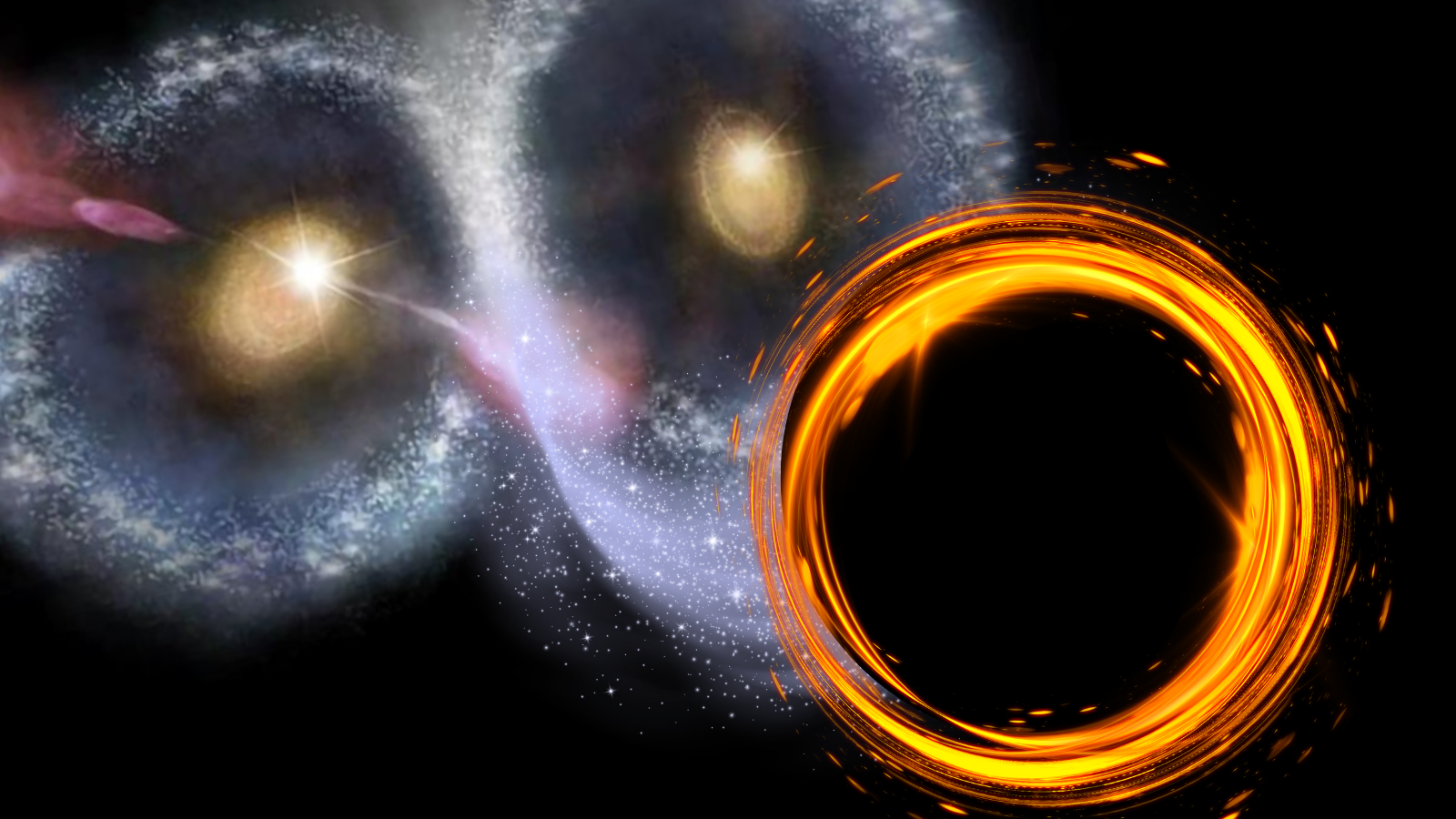Multiple Low-Weight Satellites Cost Less to Launch Than Larger Single Ones
LA ROCHELLE, FRANCE - Developing swarms of small satellites that operate in closely coordinated orbits appears to be the next trend in science and Earth observation missions as government agencies marry advances in ground-based consumer electronics with the necessity of cutting program costs.
In Europe, the move toward satellites capable of operating in tight formation also is viewed as a way of stretching European governments' thin investment in military space to yield capabilities such as communications intelligence.
For the European Space Agency (ESA), the attractiveness of formation-flying satellite clusters became apparent in the most recent call for proposals for Earth observation missions. Of the 70 proposals received, 16 either required multiple satellites operating in concert, or profited from that design, according to ESA figures presented here Sept. 22 at the 4S Symposium on small satellites.
The French space agency, CNES, has identified formation flying as a high priority and will have a chance to test its capacities in December, when the Essaim communications-intelligence satellites are launched together as piggyback payloads aboard an Ariane 5 rocket. The Essaim spacecraft are being built for the French arms procurement agency, DGA.
ESA's three-satellite Swarm Earth observation system, selected earlier this year for launch in 2008 or 2009, is another example. ESA officials said the constellation's five instruments, if assembled onto a single platform, would have resulted in a satellite weighing more than 5,000 kilograms.
The launch of such a satellite alone would have cost well over $100 million, whereas the entire Swarm constellation, each satellite weighing less than 200 kilograms, has a budget of around $216 million including operations.
Bernard Tatry, a program manager for CNES's Myriade small-satellite product line, said the agency has plans for a three-satellite, high-resolution optical imaging system to replace the single, large Spot spacecraft currently in use. Similarly, the agency is studying an ocean-surveillance satellite system that would call for three satellites launched together.
Breaking space news, the latest updates on rocket launches, skywatching events and more!
Sir Martin Sweeting, chief executive of British small-satellite designer Surrey Satellite Technology Ltd., said constellations capable of operating as crisply coordinated units in orbit will be where the value of low-weight, low-cost spacecraft is fully displayed.
Kaj Lundahl of the Swedish Space Corp., which has been building small science satellites since the mid-1980s, said Swedish designers have been working on guidance, navigation and control techniques that would apply to satellites flying in formation under a microsatellite study program called Prisma.
The Swedish Space Corp. recently proposed a four-satellite Earth observation mission dubbed ACES-Plus to ESA, but the project was not selected for funding.
Officials said one necessary characteristic of future satellites flying in formation will be a high degree of autonomy so that savings on the space segment of a program are not spent on ground control.
ESA officials judging the latest round of Earth observation mission proposals said several featured inexpensive satellites but required extensive ground-control and operations resources, pushing the total budget beyond the approved ceiling.
Europe's Proba satellite, launched in October 2001, was designed in part to test on-board autonomy. Kristof Gantois, a Proba project manager at satellite designer Verhaert Design & Development NV of Belgium, said the satellite has more than met its objectives. Designed to operate for one year, it is still flying after nearly three years and has not had to use any of its backup systems.

Charles Q. Choi is a contributing writer for Space.com and Live Science. He covers all things human origins and astronomy as well as physics, animals and general science topics. Charles has a Master of Arts degree from the University of Missouri-Columbia, School of Journalism and a Bachelor of Arts degree from the University of South Florida. Charles has visited every continent on Earth, drinking rancid yak butter tea in Lhasa, snorkeling with sea lions in the Galapagos and even climbing an iceberg in Antarctica. Visit him at http://www.sciwriter.us
